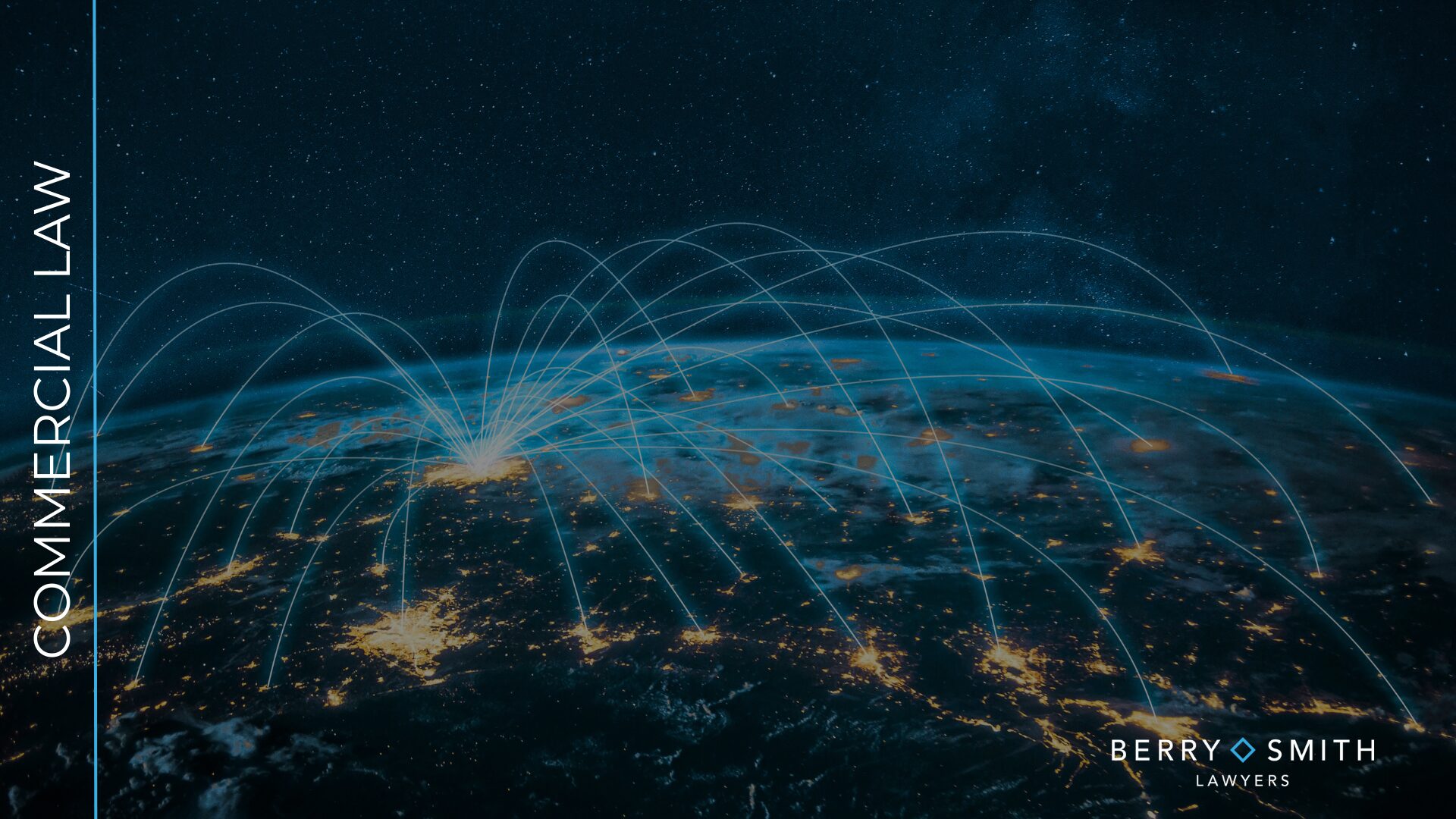If your business is looking to expand into new markets, increase product sales, or reach customers more efficiently, you may be considering entering into either an agency or distribution agreement. We have set out the basics of each of these in previous articles (Agency Part 1, Agency Part 2)
While both models involve appointing a third party to help sell goods or services, the legal and commercial implications are significantly different.
Choosing the right structure is essential for managing risk, protecting your brand, and ensuring compliance with your legal obligations.
Here’s a breakdown of the key differences and what you should consider before putting these agreements in place.
The Core Difference: Who Makes the Sale?
· Agency Agreement An agent acts on behalf of the principal (your business) to negotiate and/or conclude contracts with customers. Legally, the sale is made between the principal and the end customer, even though the agent facilitated the deal.
· Distribution Agreement A distributor buys goods from you and then resells them to its own customers. The distributor acts in its own name and on its own behalf—you sell to the distributor, and they sell to the end customer.
Legal and Regulatory Consequences
Agents are protected under UK law The Commercial Agents (Council Directive) Regulations 1993 give certain protections to agents, including:
o Minimum notice periods on termination
o Compensation or indemnity rights upon termination (even if the contract says otherwise)
o Protections relating to commission payments
These rules do not apply to distributors, meaning distribution relationships are generally more flexible – but may offer your business less control.
· Distributors bear more commercial risk A distributor takes legal title to the goods and typically assumes credit risk, logistics, and after-sale obligations. Agents usually don’t hold stock or bear these risks.
Commercial Control and Brand Impact
Agency = more control Because the sale is made in your name, you typically retain more control over:
o Pricing
o Customer relationships
o Contractual terms
· Distribution = less day-to-day control Distributors often operate independently and may set their own prices (subject to competition law). This can lead to variability in customer experience, which may affect your brand.
Payment and Profit Structure
· Agents are paid commission, usually a percentage of the sale value.
· Distributors make profit on the margin—they buy from you at one price and resell at a higher price.
This difference can have tax and financial reporting implications, so it’s important to consider both the commercial and accounting impacts.
Termination and Liability Considerations
· Termination of agency agreements can be costly if not handled properly due to the agent’s statutory rights. In contrast, Distribution agreements generally allow for more flexibility on termination, provided clear contractual terms are in place.
It is also important to consider liability:
· If something goes wrong with the product, distributors are more likely to be liable to their customers.
· In agency relationships, since the customer contract is with your business, the principal (your business) bears the liability.
Which Is Right for Your Business?
The right model will depend on your business goals, the level of control you need, your risk appetite, and the jurisdiction you’re operating in.
Pros of Agency Agreements:
· Higher control over pricing
· Greater brand control
Pros of Distribution agreements:
· Distributor bears higher commercial risk than agents (where risk lies with the principal)
· There are less legal regulations on distributors than agents
Berry Smith Comment
Whether you’re appointing a UK-based sales agent or entering into an international distribution deal, it’s vital to get the terms right. Our commercial team can advise on drafting and negotiating bespoke agency or distribution agreements that protect your interests and minimise risk.
